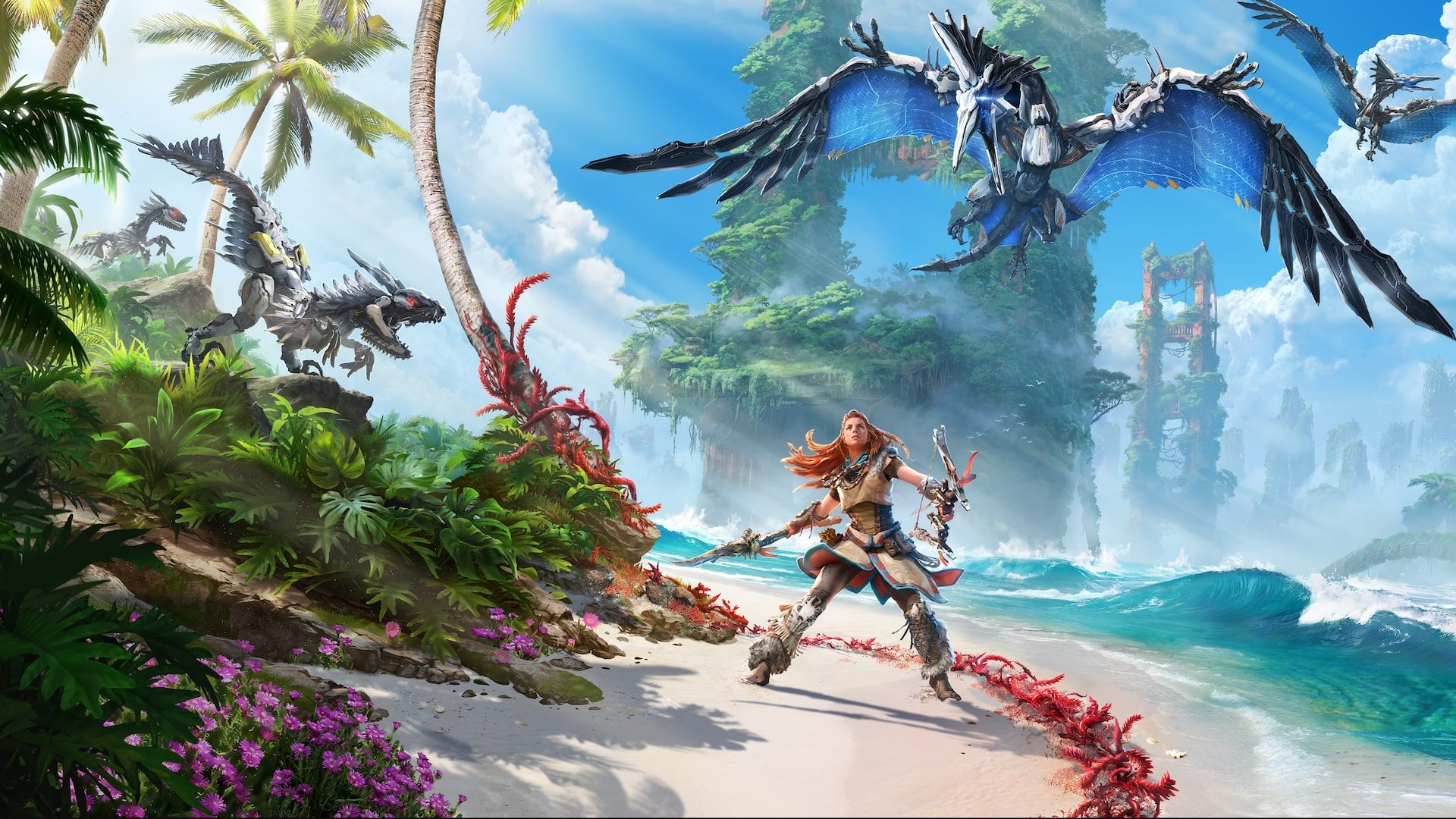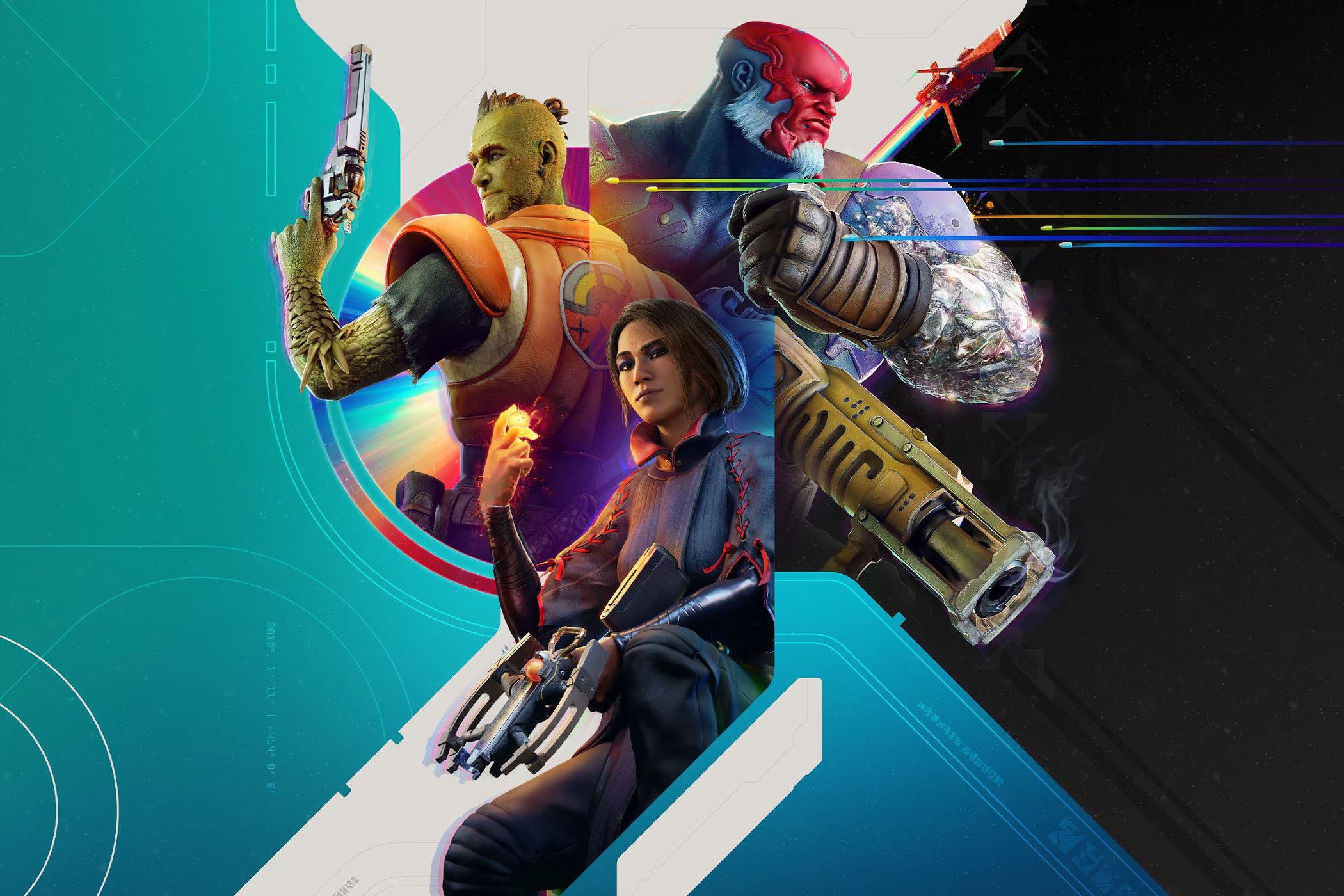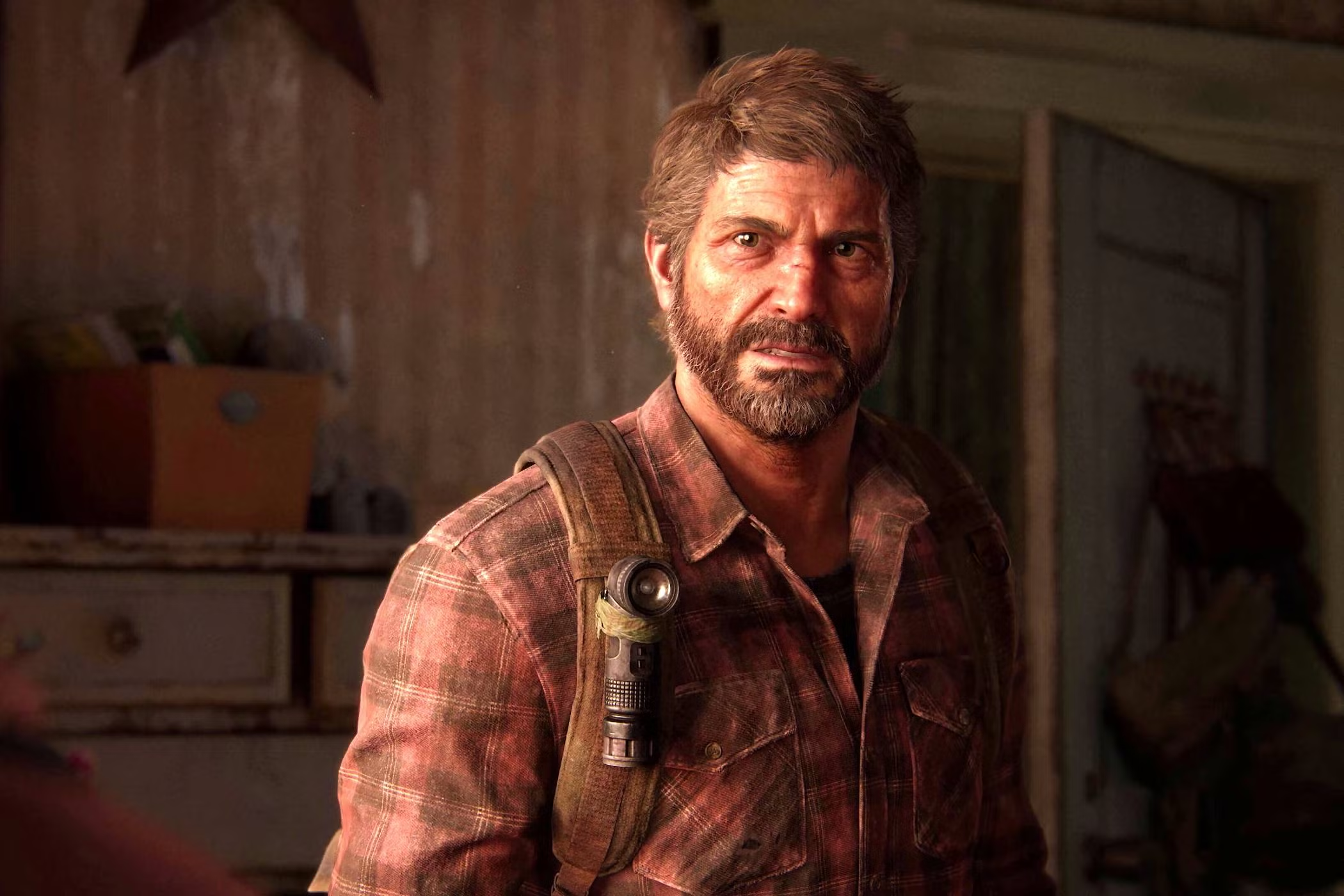Summary
- Production issues and scalping disrupted PS5 and Xbox Series X releases, limiting availability during the start of the generation.
- Cross-gen releases and a lack of exclusive titles have diluted the true feel of the ninth console generation.
- The push for live service games, mild AAA game regression, and a focus on remasters haven’t done much to make this generation exciting.
We’re more than halfway through the ninth console generation, but it feels like things have barely started. While the PS5 and Xbox Series X have largely delivered on the hardware front, I can’t help but notice things haven’t been as exciting as previous generations this time around. I think I know why.
Things Got off to a Rough Start
The PlayStation 5 and Xbox Series X/S launched in November 2020, during the COVID 19 pandemic. This caused production issues due to a global chip shortage and logistical problems. With Sony and Microsoft unable to meet growing demand, the adoption of the ninth generation of consoles was significantly delayed.
On top of that, there was a huge problem with bots and scalpers. Some people scooped up as many consoles as they could and marked up the prices to capitalize on the shortage. Even if people could find a console for sale on places like eBay, they were far more expensive.
Fortunately, the production woes were completely resolved in early 2024, but this was years into the generation. At least it was amusing to see the scalpers who hoped to continue making insane profits due to the shortage have the rug pulled from under them (many of whom expected it to last longer).
Cross-Gen Releases Diluted the Next-Gen Feel
The rough start meant that a large user base was still on the PS4 and Xbox One. Many developers couldn’t push the PS5 and Xbox Series to their limits if the same games needed to run on older hardware. This is why Ratchet and Clank: Rift Apart was PS5-only—the seamless hopping between dimensions could only be achieved by the PS5’s fast M.2 storage. Only recently have many developers become completely untethered from the last generation.
Cross-gen releases unexpectedly extended the relevance of the PS4 and Xbox One. Why would anyone want to upgrade when they can play major releases like Horizon Forbidden West and Halo Infinite on last-gen consoles? Even I returned to my PS4 today after my PS5 blew up because it has all the games I need. I’m still waiting for that true current-gen experience to fire up the PS5 again.
Lack of Generation-Defining Titles
When we look at the past generations, it is easy to point to multiple titles that changed how we play and think about games. Let’s look at some of the highlights.
- Fifth Generation (PS1/N64): Final Fantasy VII brought cinematic storytelling to RPGs, while Super Mario 64 set the standard for what it means to be a 3D platformer.
- Sixth Generation (PS2/Xbox/GameCube): Halo: Combat Evolved made first-person shooters a staple on consoles and popularized the Xbox, and Grand Theft Auto III revolutionized open-world gaming.
- Seventh Generation (PS3/Xbox 360/Wii): Call of Duty 4: Modern Warfare gave birth to the modern shooter and reinvigorated multiplayer, and The Last of Us showed that games can be narrative masterpieces.
- Eighth Generation (PS4/Xbox One/Switch): The Witcher 3: Wild Hunt revolutionized storytelling in RPGs, and players got a taste of freedom they never knew they needed with Breath of the Wild.
But when we look at the current generation, there’s a noticeable absence of these transformative experiences. While games have been technically impressive, they haven’t fundamentally changed the gaming landscape (yet).
The Failed Push for Live Service
In 2025, Sony had to shut down Concord, a fun hero shooter released eight years too late, after only being online for 10 days. Arkane Austin, known for great immersive sims like Dishonored, made Redfall, which failed as a live service game and now has an offline mode.
Then there’s Ubisoft’s XDefiant, Rocksteady’s Suicide Squad: Kill the Justice League, and PlatinumGames’ Babylon’s Fall. It just seemed like in this generation, live service games were dropping like flies.
Many of the developers I have mentioned were known for making great single-player games in previous generations. Now they have spent a large portion of the generation chasing (or being told to chase) the live service trend.
Now that the live service bubble has burst, we can only hope that they focus on filling the rest of this generation with the types of games that define them.
It Sometimes Feels Like AAA Games Are Regressing
Games are getting more expensive to make, and this has made publishers risk-averse. So many AAA games are catering to the broadest audience possible. They’re trying to be everything for everyone to avoid flopping. In this bid to become more accessible, they have scaled back on depth.
Take Dragon Age: The Veilguard, for instance. For all it did well in terms of combat and exploration, player choice felt neutered. Instead of the branching dialogue paths of older Dragon Age and Mass Effect games, we got massively streamlined dialogue options.
When it comes to puzzles, we used to get head-scratchers. But now, hints pop up or companions shout out the solution. In Outer Worlds, you can start a feud with factions, but in Avowed, you can take a swing at an NPC, and they won’t even flinch. These are not bad games; don’t get me wrong—Avowed, for instance, has excellent and addictive first-person combat.
I get that we can’t always have an Elden Ring and Baldur’s Gate 3, considering the cost and time needed to make such games. But this safe approach is leading to missing features in games that should have them compared to what came before.
A Focus on Remasters and Remakes
Another thing risk-averse publishers are doing is releasing a lot of remakes and remasters to play it safe. Sony alone remastered games like The Last of Us: Part II, Horizon Zero Dawn, Days Gone, Marvel’s Spider-Man, and Uncharted 4: A Thief’s End. It has also remade Demon’s Souls and The Last of Us.
For third-party publishers, we have remasters like Final Fantasy VII Remake Intergrade, Death Stranding: Director’s Cut, and Alan Wake Remastered. For remakes, we have titles like Resident Evil 4, Dead Space, and Silent Hill 2.
I get that these projects can be a good tool to gauge interest in an IP and potentially fund the next game. However, the sheer number of them is making this generation feel more like it’s being padded with rehashes rather than giving players something new.
Competition From Older Consoles and PC
PC is a dominant force in the gaming market. Out of 3 billion gamers worldwide, 62% (1.86 billion) of players are on PC, according to Statista. This makes it clear that a majority of gamers would rather play on PC than consoles, and the market shows no signs of slowing down.
Even with the remaining 38% of players, the PS5 and Xbox Series X|S face competition from their previous-gen counterparts. For instance, by mid-2024, half of PlayStation users were still playing their PS4s, according to GamesIndustry.biz. It’s not hard to imagine that there are still many Xbox One users as well.
At this point in the generation, it should be essential to have a current-gen console. But if old consoles are still competing, it shows that the new generation might not be offering people enough compelling reasons to upgrade.
When ranking PlayStation console generations, How-To Geek ranked the PS5 generation as one of the worst generations. Sydney called it the “Meh” generation and took a more objective approach than I have done here.
But I feel part of the reason that it (and the Xbox Series) disappointed is that it should have hit its stride by now, and it hasn’t.








